BOOST. That new hub standard giving you an all important extra 6-10mm for stiffer wheels and bigger tyres. Some pomp was given about being able to swap out 27.5+ wheels for standard 29er ones on most plus bike frames, but with them rolling on a new hub standard, who’s likely to spring for a new bike and a second set of wheels all at once?
Enter the Lindarets Boostinator, a set of hub and disc adapters enabling you to adapt most wheels to fit spacings for the Boost standard. It’s a simple idea, and may mean you can keep old wheels rolling with a new frame.
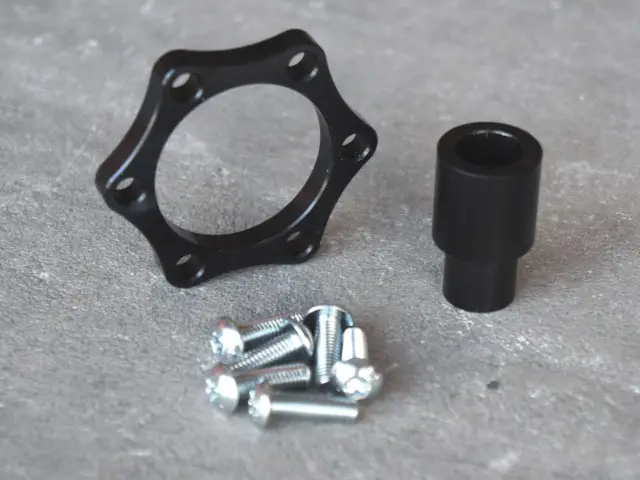
They’re available now, and at present cater to various specific flavours of DT Swiss, Hope and White Industries hubs, mostly supporting 6-bolt disc hubs, but a few centre-lock models too. They raise various questions, which Lindarets have helpfully answered in the press release they sent. A quick summary, and the full press release below:
Will you have to re-dish your wheels? Yes.
Will you die? No, the longer rotor bolts are over spec for MTB braking forces on 183mm rotors or smaller.
Won’t the axle flex more than with a proper Boost hub? Only a tiny bit.
Will you need a new crankset or spider? Maybe. See below for full details of all the variants.
We asked UK distributor 18Bikes about stock and pricing here. Those aren’t confirmed yet, but they say they will be getting some in and to contact them if you want to be kept updated.
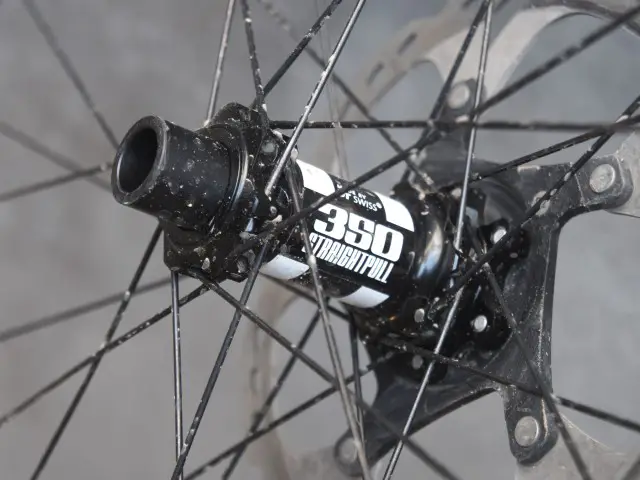
Full press release:
“As much as we love new and improved gear, the rapid proliferation of bicycle-related ‘standards’ can be confusing, frustrating, and costly to consumers.
While incremental, the benefits of the “Boost” 15x110mm front and 12x148mm rear axle standards are easily understood: better clearance for fatter tires & rims and reduced dish for stiffer, stronger wheels. The big bummer? Taking full advantage requires not only a new frame and fork, but new wheels as well.
In response, Lindarets has partnered with Bikeworks Albuquerque to develop the Boostinator. When paired with compatible 15x100mm or 12x142mm hubs, Boostinator kits allow existing wheels to be mounted in Boost-standard frames and forks. Disc and drivetrain positions are maintained and, thanks to a quick re-dish, spoke bracing angles are improved.
Boostinator kits consist of a hub-specific axle end cap and–in the case of rear kits–a precision-machined rotor spacer with a set of six high-strength bolts. In keeping with Boost specifications, the disc and cassette are shifted outboard, allowing brakes and derailleurs to function as designed.
Each Boostinator kit is CNC machined from 6061 aluminum and anodized to military specification in the USA. Rear kits come with appropriate-length high-strength Class 10.9 bolts.
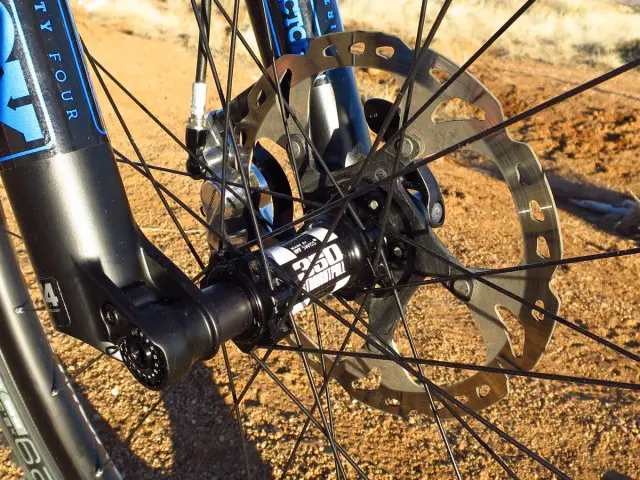
Questions & Answers:
“Q: What about the rim- won’t it be off center?
A: That’s true- but it’s an easy fix with some benefits:
By shifting the hub flanges a few millimeters, dish is reduced and spoke bracing angles are brought closer to symmetric for a (slightly) stiffer, stronger build.
A typical rear wheel (Velocity Blunt on DT 240s) will see its effective non-drive side spoke length reduced by 0.4mm, the drive side by 0.1mm- both minimal changes and well within typical spoke length tolerances.
In the example above, the drive-side spokes will need to be loosened 7/8-turn, the non-drive tightened by 1/4-turn.
Your wheels probably wanted a true already, didn’t they?
Q: The bolts are longer- they’ll all break and people will die!
A: We wondered about this too- so enlisted some engineers from our local nuclear weapons laboratory (seriously) to crunch the numbers. It turns out that, with the spacer installed each bolt is four times stronger than needed to handle the forces generated by the strongest brakes on the market. That said:
Rear Boostinator kits are not approved for rotors larger than 183mm
Thread-locking compound is required for installation
Q: The axle is unsupported- won’t it be flexy and horrible?
A: With the thru axle bearing the load the model is essentially identical to a Boost-native hub with slightly closer bearing placement.
On the drive side, where the majority of unsupported axle lies, nothing changes.
There are countless variables that contribute to a wheel’s stiffness. While the system won’t be quite as stiff as a true Boost wheel- but it will be very close (and a whole lot less expensive).
Q: Will I need a new crankset or spider?
A: Possibly.
In the case of multi-ring drivetrains or when using plus-sized wheels and tires, a Boost-specific spider is recommended, not only for shifting performance but for frame and tire clearance as well.
If running a single chainring or more ‘normal’ tires, likely not. Visit our friends at Wolf Tooth Components for an explanation of why.
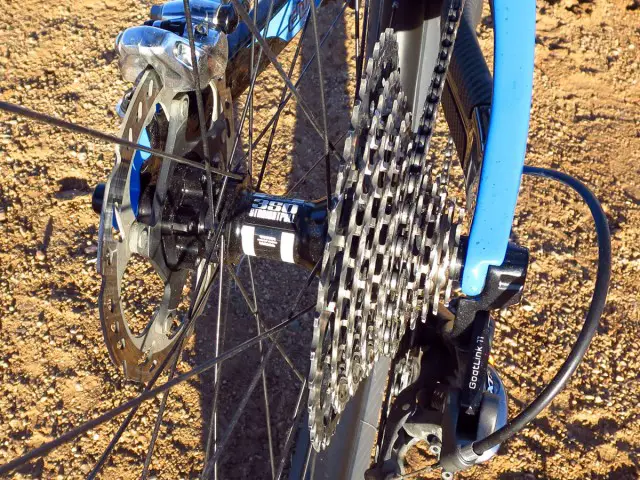
Models:
“Boostinator DR – $39.95 shipped – Available now
The Boostinator DR is compatible with DT-Swiss 12x142mm Star Ratchet (240- and 350-series) rear hubs with 6-bolt (IS) rotor mounts.
Centerlock hubs are not supported.
The Boostinator DR is also compatible with some complete wheels from DT Swiss, Roval (Specialized), Giant, Syncros (Scott), and others that use DT’s Star Ratchet internals.
Boostinator DF3 – $24.95 shipped – Available early Feb. 2016
The Boostinator DF3 is compatible with DT-Swiss 15x100mm 350 and 370-series front hubs.
Centerlock hubs are supported.
The Boostinator DF3 is also compatible with some complete wheels from DT Swiss.
Boostinator HR – $39.95 – Available Late Feb. 2016
The Boostinator HR is compatible with 12x142mm Hope Pro2 hubs.
Boostinator WR – $39.95 shipped – Available Late Feb. 2016
The Boostinator WR is compatible with White Industries 12x142mm MI6 and XMR hubs.
Centerlock hubs are not supported.
The Boostinator WR is also compatible with some wheels, such as those from Rolf Prima, that use White Industries hubs.”
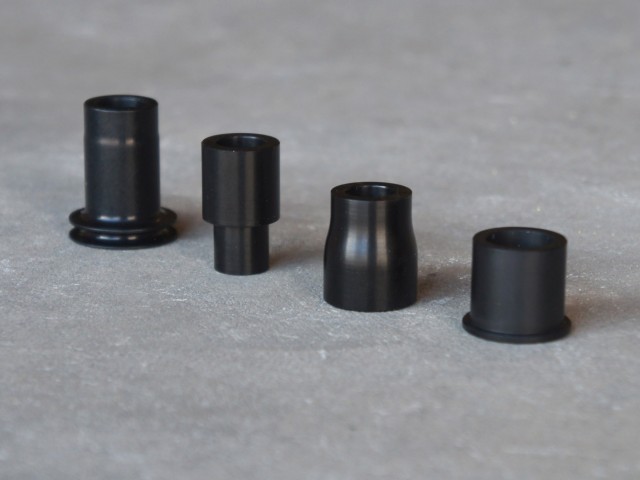
Comments (2)
Leave Reply
Post Comment


This is great, I can replace my tired 29er forks for boost front and go 27.5 + on my hard tail whist keeping my existing 29er wheels plus these adapters. Me likey
which one for sram ROAM ?